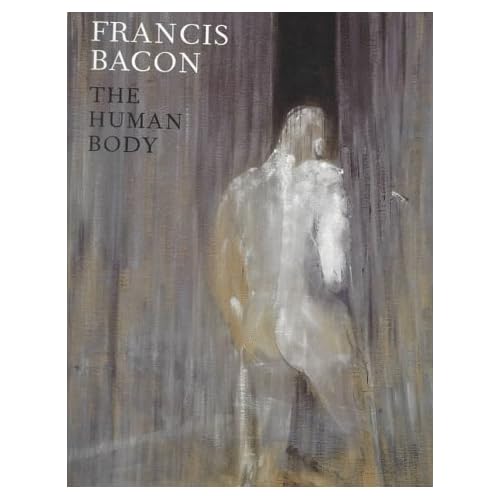Francis Bacon: The Human Body
Category: Books,Arts & Photography,History & Criticism
Francis Bacon: The Human Body Details
About the Author David Sylvester is a critic and writer and author of Interviews with Francis Bacon. He lives in London. Read more

Reviews
This monograph includes an essay by art critic David Sylvester and a selection of the paintings of Francis Bacon that illustrate the concepts that Sylvester explores. There is a brief but concise biography of Bacon at the end of the monograph that I found insightful and meaningful in interpretation of the work of this renowned artist. Bacon's early work in 1943 is often linked to Picasso but the painting Figure Study II from 1945 would reveal a unique visual sensibility that demonstrates formalistic structures in the composition and yet expressionistic central content, a screaming head, and bold color mastery.George Dyer, a burglar, was Bacon's lover during significant middle period in his career and Dyer often is the subject of the paintings. The paintings, particularly a triptych, of the night Dyer died in a Paris hotel room are very powerful. Dyer is shown vomiting into a sink and then dying on the toilet. There are few paintings with this degree of pain and honesty and mastery. I say mastery for the subject was extremely close to Bacon and the more personal the subject matter, the more difficult to control the imagery, and the larger the struggle as to what is revealed and what is hidden. There is a fine fold out reproduction of this triptych.The Sylvester essay refers to the influence of both Bonnard and Degas on Bacon. Bacon admired the application of the paint in the work of Bonnard. Bonnard's approach to paint is minimal as he scruffs paint into the canvas, leaving areas blank and almost unfinished, with the uneven application evoking the cast of light on surface. The type of paint application is seen in Study from the Human Body, 1949; Painting, 1950; Study for a Nude, 1951; and Study of a Nude, 1952-53. However, Bacon is also a colorist in the tradition of Degas as many of these illustrations convey, even though some may not recognize Degas as a colorist. Figure in Movement, 1978 in black, burnt orange, acidic lime green, soft lilac, and yellowed flesh; is a symphony of Fauvist colors.The essay is a perfect compliment to the paintings. The biography at the end of the monograph was highly informative for you see that his paintings were of his closest associates, possibly a strategy by which emotional charge is conveyed to the canvas for these models have meaning for the artist. The book is recommended.


